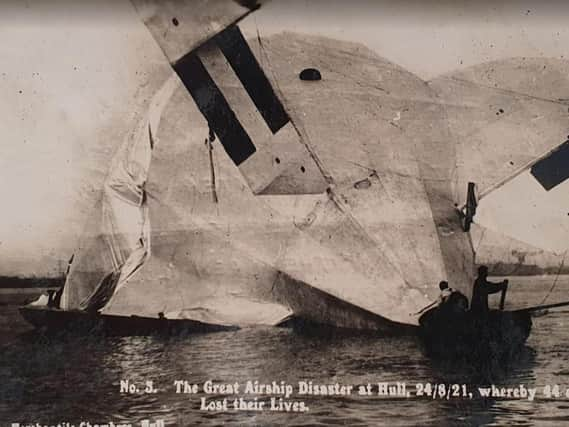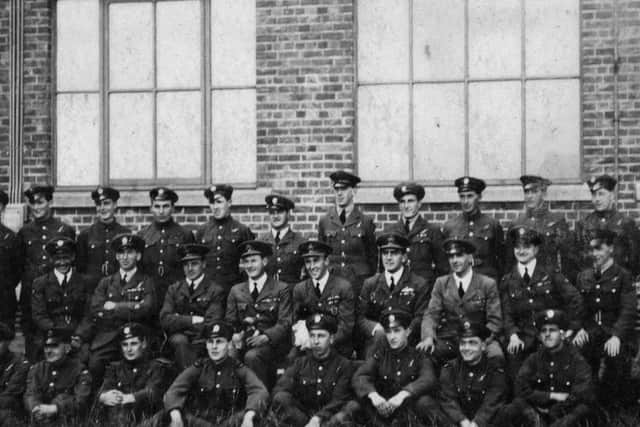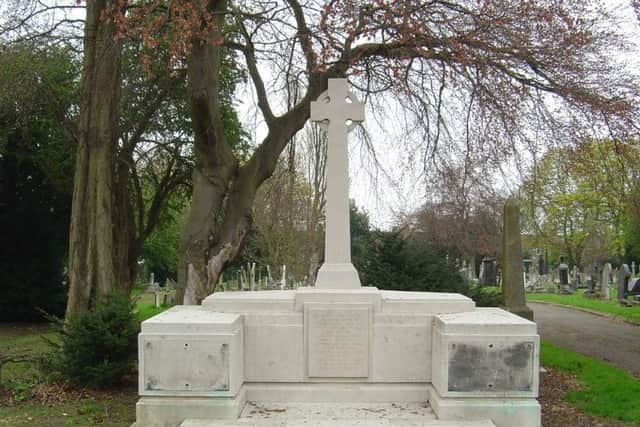The airship disaster on the Humber which killed 44 crew 100 years ago


Like the Titanic, the R.38/ZR-2 airship was the most advanced of its kind at the time.
But it exploded on a test flight and crashed into the Humber on August 24, 1921, killing 44 of its 49-strong British and American crew in front of thousands of onlookers.
Advertisement
Hide AdAdvertisement
Hide AdIn advance of the centenary a call is going out for stories, documents and images relating to the crash as part of a Historic England-funded project.


In the aftermath of the disaster, Pathe newsreel captured small boats going out into the river with people hauling out bits of wreckage.
The footage also shows the huge turn-out to public funerals and memorial services – several of the crew were laid to rest in Hull Western Cemetery, beneath the Grade II-listed airship memorial.
The region was a focal point for airships in the early 20th century.
Advertisement
Hide AdAdvertisement
Hide AdBritish airships were constructed in the North Yorkshire village of Barlow or patrolled for German U-boats from the nearby base at Howden in the East Riding.


The R.38/ZR-2 was built at Cardington, Bedfordshire, but it was based at Howden to complete its test flights.
Heritage consultancy Fjordr will create a virtual collection of materials.
Director Antony Firth became fascinated by the crash after hearing about it from his grandfather who witnessed the disaster first hand.
Advertisement
Hide AdAdvertisement
Hide AdHe said: “We want to hear from people who have been told similar stories by relatives or who might have souvenirs of the crash.
“We know that a range of objects were made from the wreckage including candlesticks and ashtrays. I can’t wait to see what people come forward with.”
Keith Emerick from Historic England said the airship was like Titanic - and was "larger, faster and could fly higher than any of its predecessors".
He said: "The airship was about to be sold to the US and was only on its fourth test flight when it crashed, carrying both British and American personnel.
Advertisement
Hide AdAdvertisement
Hide Ad"The crash was a personal tragedy for the crew, their families and had huge ramifications for the future of aviation. This project offers a great opportunity for people to recount family stories about this historic event.”
Fjordr do not want people to donate objects but rather allow them to be recorded and photographed.
To send stories or photographs, email [email protected] or Facebook @carnegiehull44.